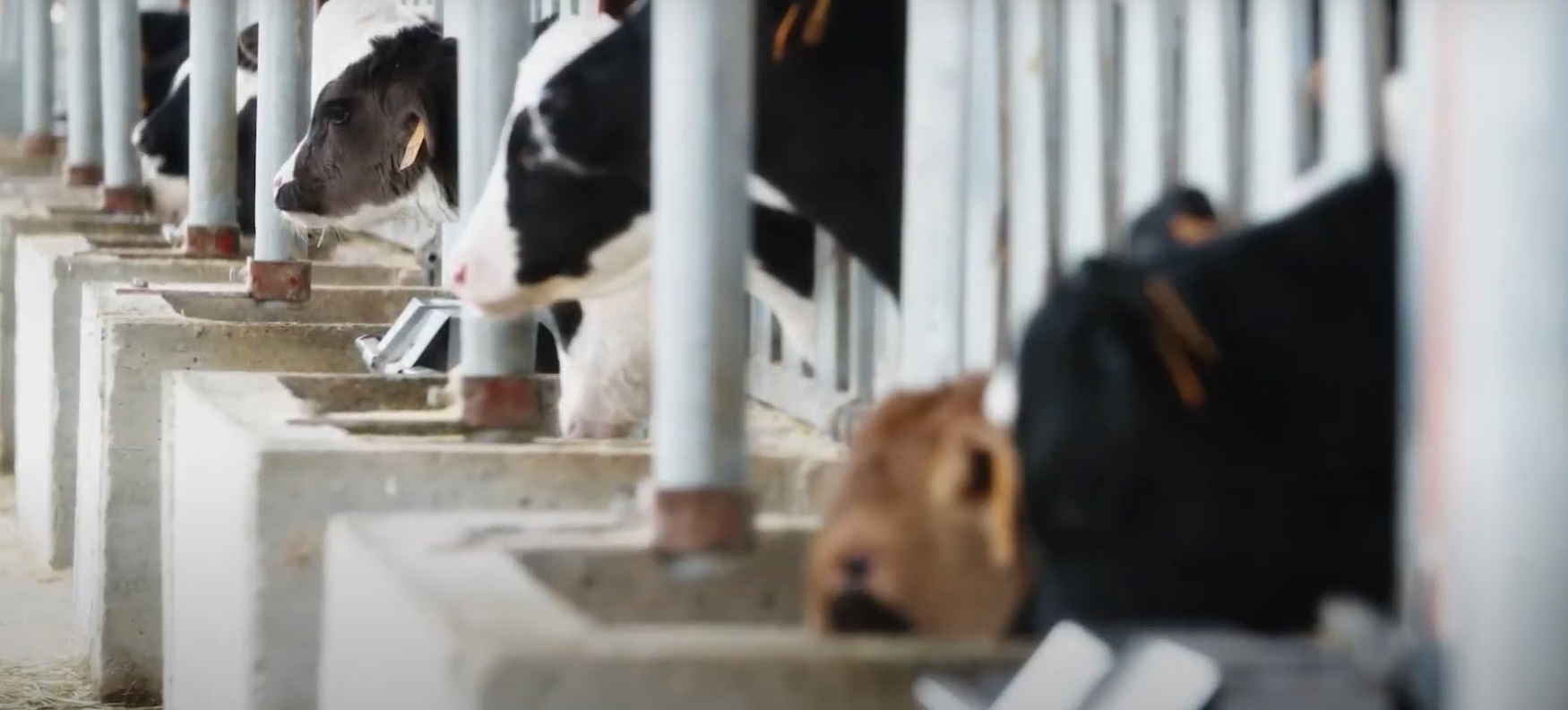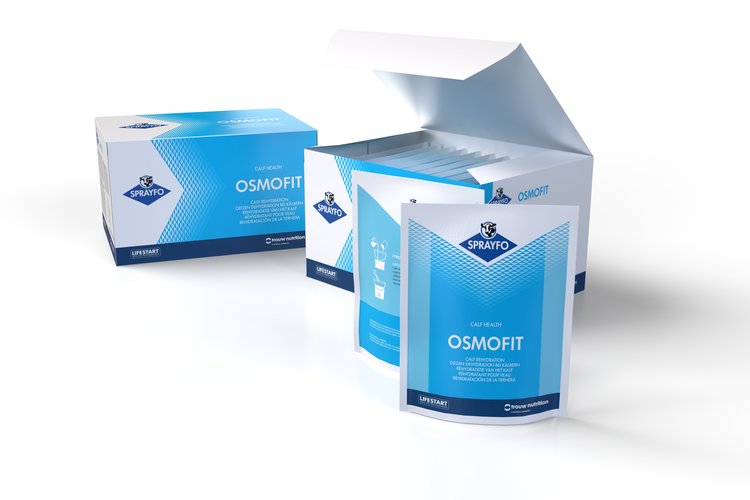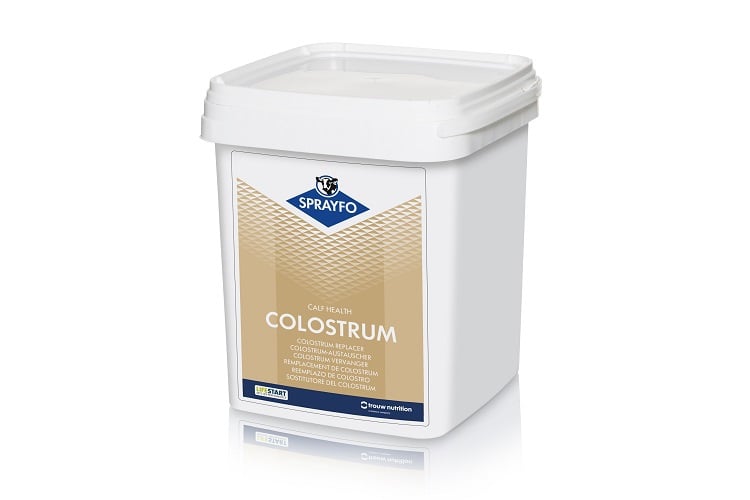Surveys among beef and veal farmers indicate that after transport calves and cattle if provided water will indeed drink, and drink more if the water provided has been reinforced with the required nutrients.
Field trials done with animals either drinking water with HydraFit or without showed increased water intake and rumination activity. Both are indicators of increased welfare and supportive of increased feed intake.




